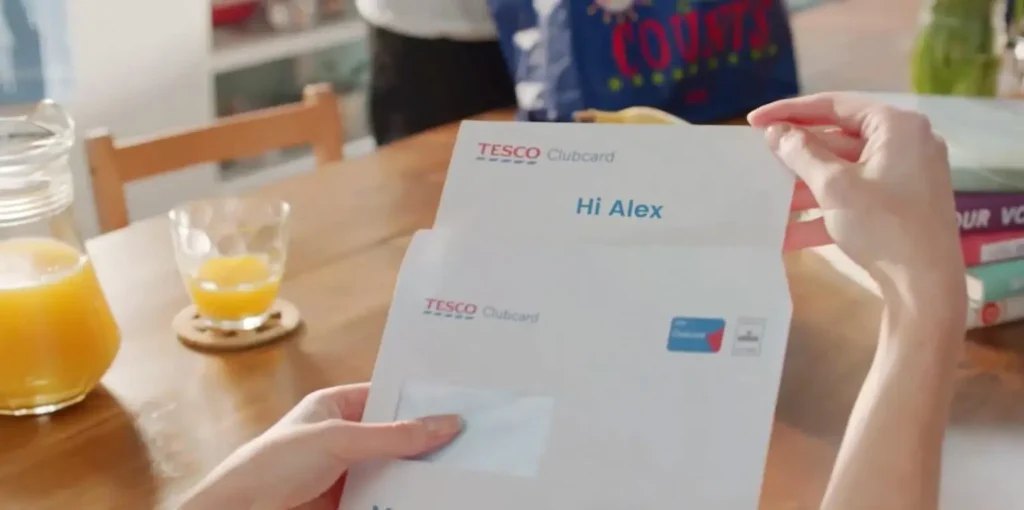So you want to create a campaign that catches on like wildfire. 100 million internet users watch online video every day, and 90% of online shoppers say video greatly helps them make purchase decisions. Who wouldn’t want tap into such a popular medium?
But while “going viral” is a common dream for creative teams, be careful not to let it become your only goal.
Your aim should be to create a video marketing strategy that focuses on high quality content that adapts to multiple platforms and channels, and drives your viewers to engage and convert.
Here are 7 rules for your video marketing strategy that can’t be ignored.
1. Tell a story to make a sale
People can usually tell when they’re being sold to. Think of the used car salesman stereotype and all the undesirable associations it conjures: forcefulness, deception, inauthenticity, dishonesty, underhandedness and self-serving motivations. It’s pretty much a list of words you absolutely do not want associated with your brand.
Instead of making an obvious go of selling someone on your products, focus on enchanting people with the incredible, one-of-a-kind, “this is why we rock” story of your brand. When people “buy” into a brand, it then becomes easier to literally sell them products and services.
2. Hook ‘em in the first 10
20% of video viewers click away within the first 10 seconds, followed by 33% of viewers who drop off at the 30 second mark, 45% at one minute and nearly 60% by two minutes. If people aren’t immediately seeing something they like in your video, they’re moving on very quickly.
Your challenge is to create a video that’s compelling and relevant right out of the gate so you avoid that first audience decrease at 10 seconds. The longer people pay attention, obviously they’ll be absorbing more information about your product/service as well as learning more of your brand story. That said, you can’t count on people to make it to the one-minute mark, so front-load your video with the richest visuals and most helpful information.
Personalization can also play a major role in grabbing and holding viewer attention. Personalized Video campaigns have seen a 33% increase in conversion and a 335% boost in engagement over standard video. That’s a significant uptick in viewers hanging on through crucial moments.
3. Overall video should be short, impactful and easy to consume
Like we said above, only 40% of viewers are still watching once a video reaches the two-minute mark. Try not to waste time and resources creating a long video that will never be watched to completion. Instead, focus on streamlining what you want to say and presenting it in an easy-to-digest, visually driven way.
Even with Facebook moving to automatically turning the sound on in videos, the nature of viewers is that not everyone will always have headphones handy or be in a place conducive to listening. Don’t rely on voice-over sound alone to convey your message when simply including subtitles can drastically increase engagement levels.
4. Have a Call to Action button
One of the biggest mistakes you can make is to let your video fade to black at the end without giving some sort of prompt. You’ve just shown viewers a great video about your product or service, you’ve held their attention to the end, so why leave them wondering what to do next? Naturally you want to include directions on how to take the next steps.
Note that you want to keep it easy and simple. Think: clicking a button to learn more, following a link below the video to place an order, etc. You don’t want to make people work too hard to get where they want to go at the risk that they’ll drop off.
5. Share your video through multiple channels
Different users prefer different mediums. Facebook, YouTube, Twitter…even Pinterest runs video ads now. Look at who you’re trying to reach and recognize that they’re predisposed to receiving different types of content through different channels.
Research content consumption preferences and then make sure your strategy is present in and adaptive to the various places people will be watching.
6. Evaluate performance data regularly and adjust course where necessary
It’s the marketing equivalent of lather, rinse, repeat. You want to be going to market with the MVP (Minimal Viable Product) Philosophy. That way, you can gradually enrich your campaign as you gather more data that reveals exactly what’s working and what isn’t. You might be surprised by your findings, and it’s usually easier to add on than it is to strip away and completely revamp.
7. Don’t just show products. Show people interacting with your product.
We know you think your product/service is great and that everyone will naturally just want to pay attention to it and that you don’t need to add any more bells and whistles beyond your product on a screen doin’ its thing. But you might be wrong.
Back up in point #1 we told you to tell a story to make a sale. Guess what? People are an excellent part of stories. Show people interacting with your product or service, benefitting from it and living a better life because of it. The best way to sell people on a story is to let it play out in front of their eyes in a way that makes it easy to imagine themselves in the story. Simply slapping a product in a video isn’t going to work. You need people to help you weave a fantasy that draws viewers in.
If you’re curious to learn more, we’ve created an infographic “why video is the secret to satisfying the ROI obsessed client”. In the inforgaphic we pull the curtain back on the effectiveness of video as a communication tool. Click below to download it.





